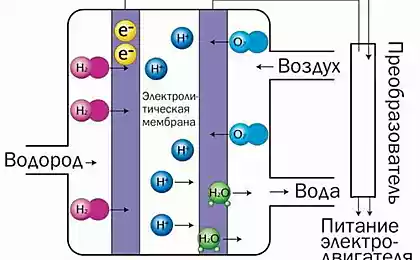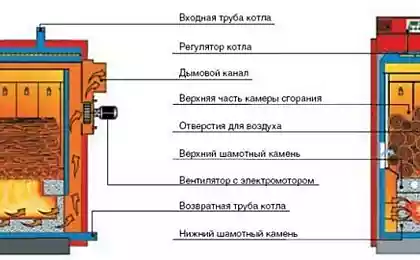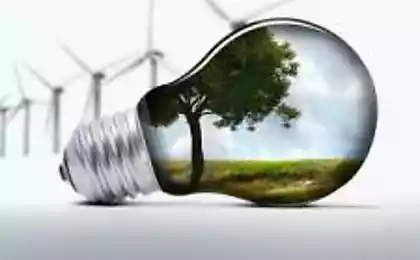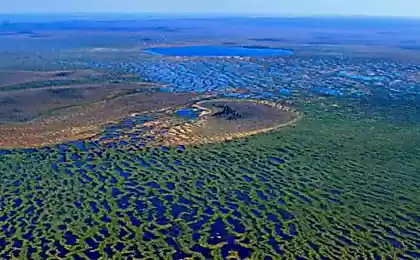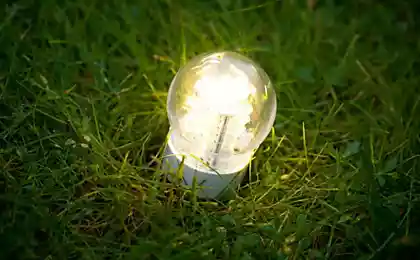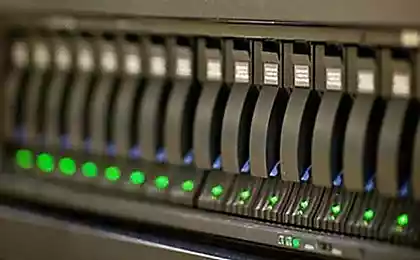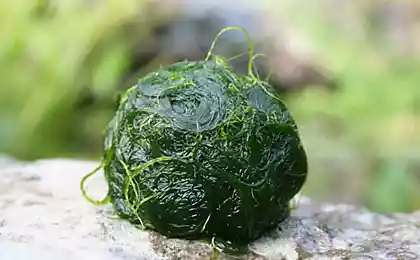499
Electricity from the marshes
Conventionally, the territory of our planet can be divided into land and water area. However, there are still areas occupied by swamps. According to some estimates, they cover about 6% of the Earth's surface. A huge, almost untapped territory can become a stable source of energy, and without damage to unique and fragile wetland ecosystems. So say Dutch scientists who developed the installation of microbial fuel cells.
On the new technology employs researchers from Wageningen University, the mission of which is "to Investigate the nature and use its potential to improve the quality of human life".
Unlike biogas plants that produce energy using the process of decomposition of biological waste, plant-microbial fuel cells generate electricity without bringing living plants no harm. The researchers claim that their installation does not affect the growth of green space and damage to nature.
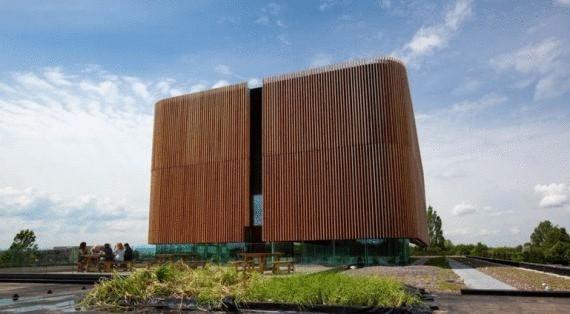
It turns out that up to 70% of organic substances created by plants in photosynthesis, are not used. These substances are excreted into the environment through the roots and decomposed by natural bacteria that live in the soil. Scientists from the research group of Wageningen University led Margolin Helder (Marjolein Helder) have found a way to get to work the bacteria on the person placing the roots near the electrodes to collect electrons released during decomposition of organic matter.
Despite the fact that at the present stage of development of new technology of microbial fuel cells generate only 0.4 watts of electrical energy per square kilometer of green plantations, the researchers argue that this is more than can be obtained from the fermentation of biomass. In addition, the team hopes to be able to increase the efficiency of 8 times, assessing the potential of installation as the production is 3.2 watts of energy every square meter of the swamp filled with plants.
According to the researchers, their technology can be used to create power plants on the roofs of houses. Potentially, the roof area of about 100 square meters can generate around 2800 kWh of energy annually, which in some cases completely override the needs of the homeowner.
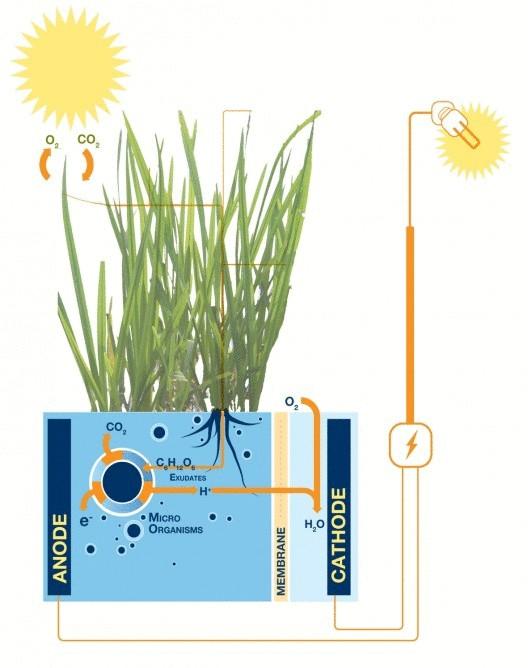
The technology can work with different kinds of plants, including agricultural crops such as rice. Microbial fuel cells generate direct current low voltage that is possible without conversion to feed led lights or to charge the battery.
The researchers acknowledge that far from finishing work on the project and hope that the stage of widespread commercial implementation will begin after 2015. However, the first tests of the system have been conducted, and even established company Plant-e, which expects to introduce the first commercial product next year.
ecosystems. So say Dutch scientists who developed the installation
Source: /users/276
On the new technology employs researchers from Wageningen University, the mission of which is "to Investigate the nature and use its potential to improve the quality of human life".
Unlike biogas plants that produce energy using the process of decomposition of biological waste, plant-microbial fuel cells generate electricity without bringing living plants no harm. The researchers claim that their installation does not affect the growth of green space and damage to nature.

It turns out that up to 70% of organic substances created by plants in photosynthesis, are not used. These substances are excreted into the environment through the roots and decomposed by natural bacteria that live in the soil. Scientists from the research group of Wageningen University led Margolin Helder (Marjolein Helder) have found a way to get to work the bacteria on the person placing the roots near the electrodes to collect electrons released during decomposition of organic matter.
Despite the fact that at the present stage of development of new technology of microbial fuel cells generate only 0.4 watts of electrical energy per square kilometer of green plantations, the researchers argue that this is more than can be obtained from the fermentation of biomass. In addition, the team hopes to be able to increase the efficiency of 8 times, assessing the potential of installation as the production is 3.2 watts of energy every square meter of the swamp filled with plants.
According to the researchers, their technology can be used to create power plants on the roofs of houses. Potentially, the roof area of about 100 square meters can generate around 2800 kWh of energy annually, which in some cases completely override the needs of the homeowner.

The technology can work with different kinds of plants, including agricultural crops such as rice. Microbial fuel cells generate direct current low voltage that is possible without conversion to feed led lights or to charge the battery.
The researchers acknowledge that far from finishing work on the project and hope that the stage of widespread commercial implementation will begin after 2015. However, the first tests of the system have been conducted, and even established company Plant-e, which expects to introduce the first commercial product next year.
ecosystems. So say Dutch scientists who developed the installation
Source: /users/276




